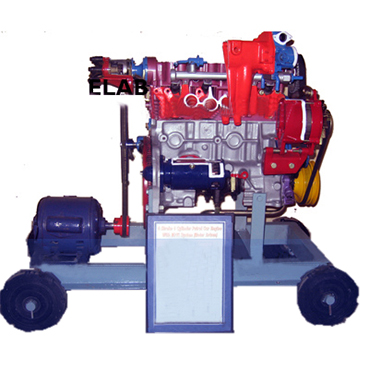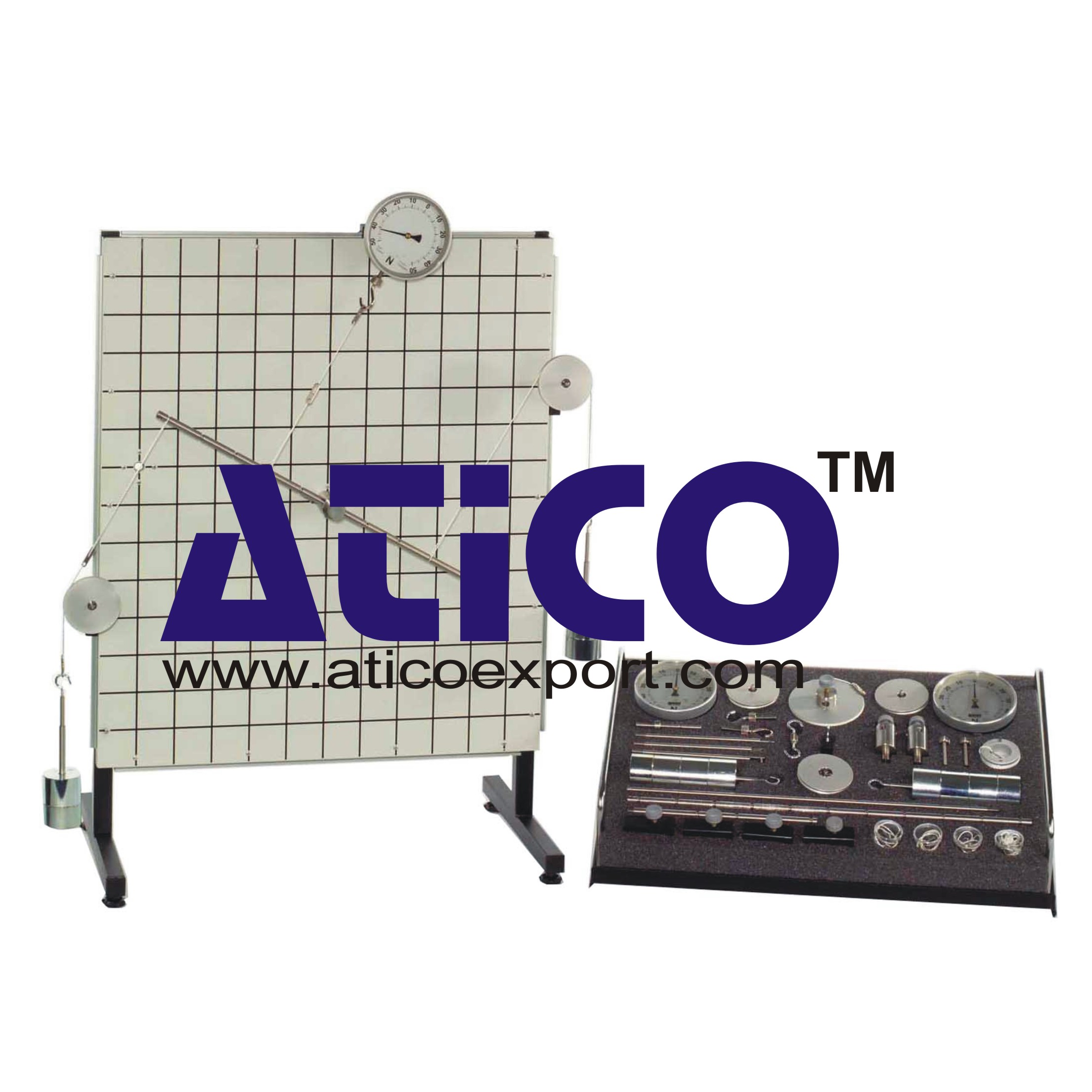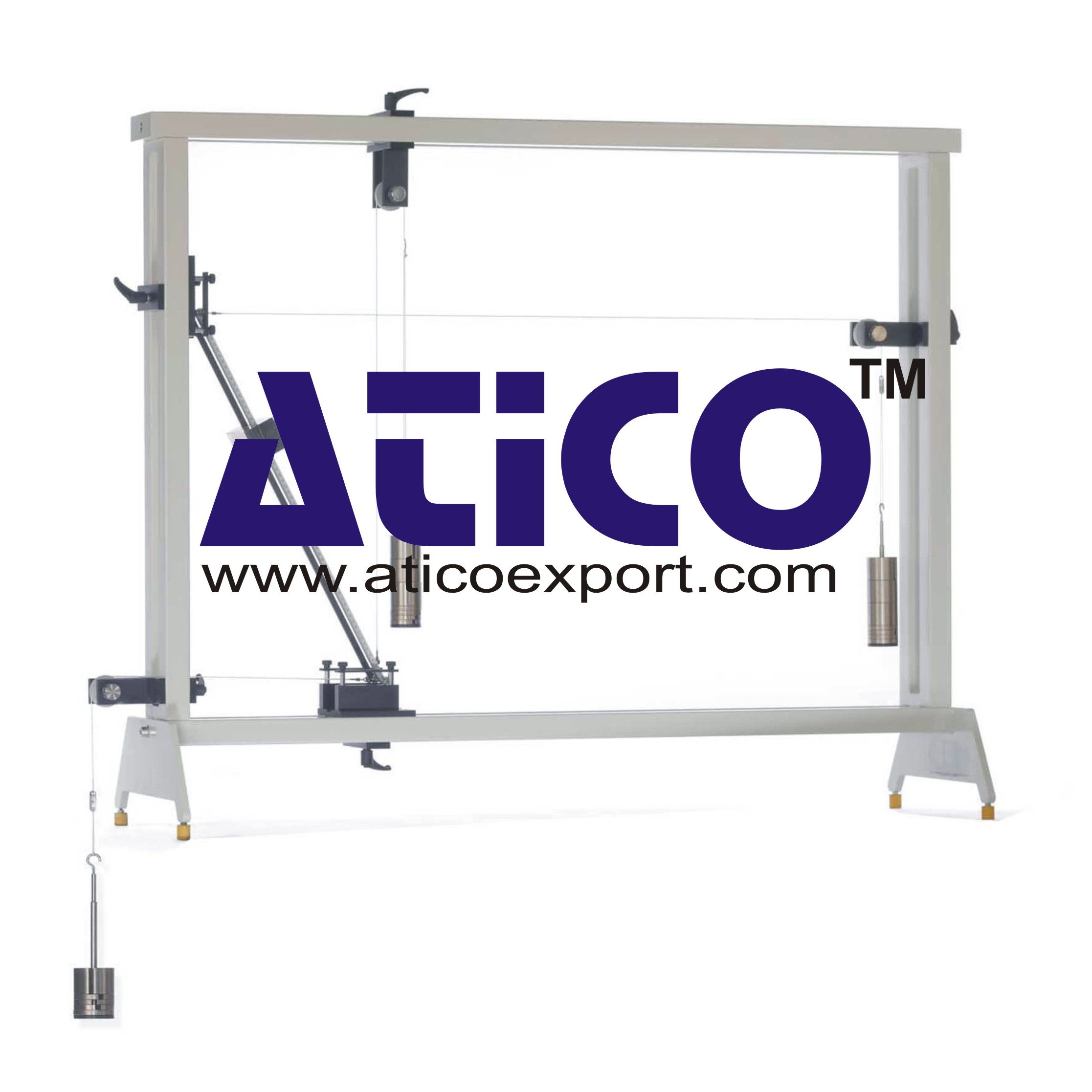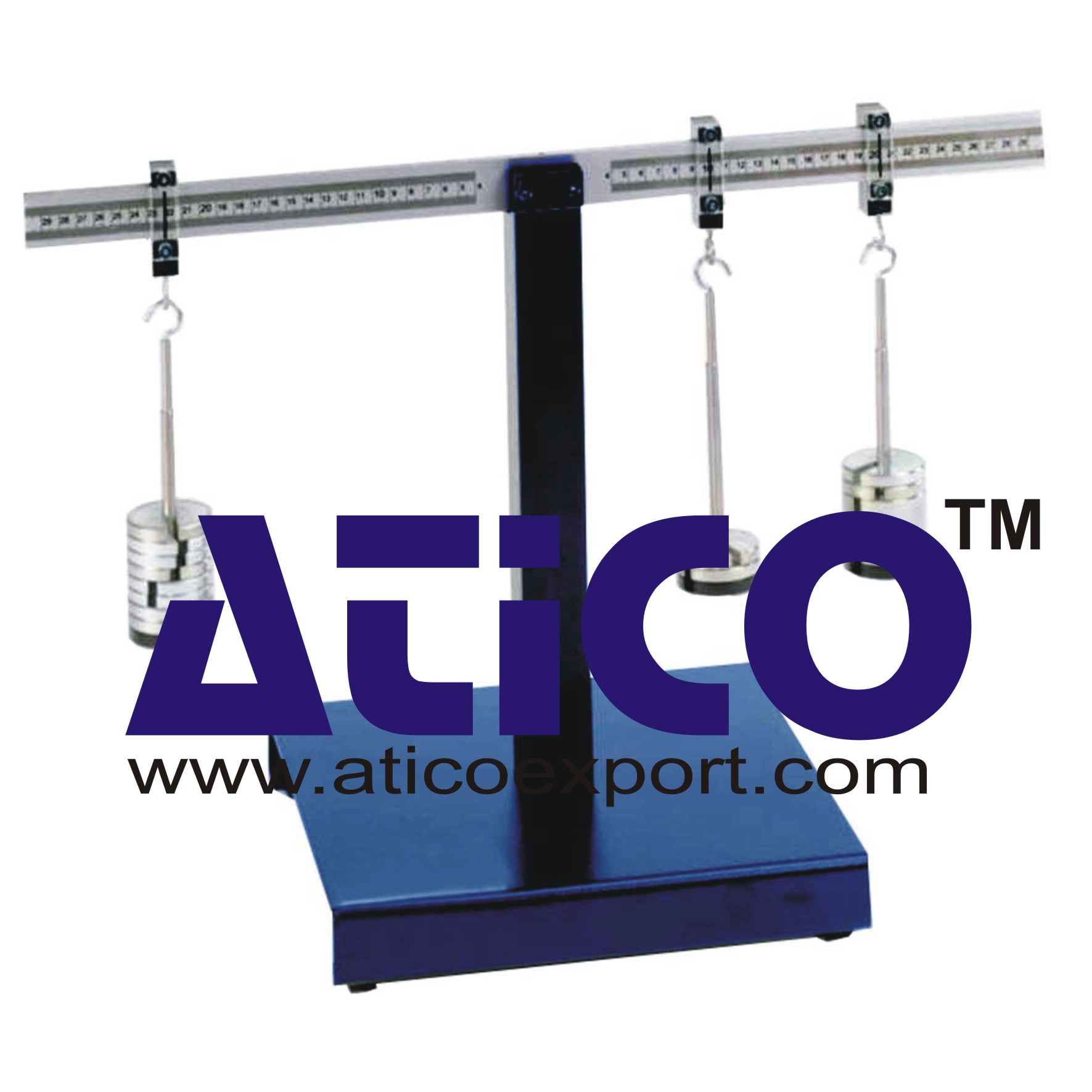Experimental Flume 86x300mm
Categories: Engineering Lab EquipmentHydraulic engineering is concerned with artificial waterways, the regulation of rivers and with barrages, amongst other things. By using experimental flumes in the laboratory, it is possible to teach...
Product
Description
Hydraulic engineering is concerned with artificial waterways, the regulation of rivers and with barrages, amongst other things. By using experimental flumes in the laboratory, it is possible to teach the necessary basic principles.
The experimental flume has a closed water circuit. The cross-section of the experimental section is 86x300mm. The experimental section is 2,5m long and can be increased to 5m with the extension element. The side walls of the experimental section are made of tempered glass, which allows excellent observation of the experiments. All components that come into contact with water are made of corrosion-resistant materials (stainless steel, glass reinforced plastic). The inlet element is designed so that the flow enters the experimental section with very little turbulence.
The inclination of the experimental flume can be finely adjusted to allow simulation of slope and to create a uniform flow at a constant discharge depth.
Learning Objectives/Experiments
Together with optionally available models
Uniform and non-uniform discharge
Flow formulae
Flow transition (hydraulic jump)
Energy dissipation (hydraulic jump, stilling basin)
Flow over control structures:
Weirs (sharp-crested, broad-crested, ogee-crested), discharge under gates
Flow-measuring flumes
Local losses due to obstacles
Transient flow: waves
Vibrating piles
Sediment transport
Specification
Basic principles of open-channel flow
Experimental flume with experimental section, inlet and outlet element and closed water circuit
Length of the experimental section 2,5m or 5m (with extension element)
Smoothly adjustable inclination of the experimental section
Experimental section with 10 evenly spaced threaded holes on the bottom for installing models or for water level measurement using pressure
Side walls of the experimental section are made of tempered glass for excellent observation of the experiments
All surfaces in contact with water are made of corrosion-resistant materials
Flow-optimised inlet element for low-turbulence entry into the experimental section
Closed water circuit with water tank, pump, rotameter and manual flow adjustment
Models from all fields of hydraulic engineering available as accessories
Technical data
Experimental section
length: 2,5m or 5m (with 1x HM 160.10)
flow cross-section WxH: 86x300mm
inclination adjustment: -0,5…+3%
Tank: 280L
Pump
power consumption: 1,02kW
max. flow rate: 22,5m3/h
max. head: 13,7m
Measuring ranges
flow rate: 0…10m3/h
230V, 50Hz, 1 phase
230V, 60Hz, 1 phase; 120V, 60Hz, 1 phase
quick overview :
Hydraulic engineering is concerned with artificial waterways, the regulation of rivers and with barrages, amongst other things. By using experimental flumes in the laboratory, it is possible to teach the necessary basic principles.
The experimental flume has a closed water circuit. The cross-section of the experimental section is 86x300mm. The experimental section is 2,5m long and can be increased to 5m with the extension element. The side walls of the experimental section are made of tempered glass, which allows excellent observation of the experiments. All components that come into contact with water are made of corrosion-resistant materials (stainless steel, glass reinforced plastic). The inlet element is designed so that the flow enters the experimental section with very little turbulence.
The inclination of the experimental flume can be finely adjusted to allow simulation of slope and to create a uniform flow at a constant discharge depth.
Learning Objectives/Experiments
Together with optionally available models
Uniform and non-uniform discharge
Flow formulae
Flow transition (hydraulic jump)
Energy dissipation (hydraulic jump, stilling basin)
Flow over control structures:
Weirs (sharp-crested, broad-crested, ogee-crested), discharge under gates
Flow-measuring flumes
Local losses due to obstacles
Transient flow: waves
Vibrating piles
Sediment transport
Specification
Basic principles of open-channel flow
Experimental flume with experimental section, inlet and outlet element and closed water circuit
Length of the experimental section 2,5m or 5m (with extension element)
Smoothly adjustable inclination of the experimental section
Experimental section with 10 evenly spaced threaded holes on the bottom for installing models or for water level measurement using pressure
Side walls of the experimental section are made of tempered glass for excellent observation of the experiments
All surfaces in contact with water are made of corrosion-resistant materials
Flow-optimised inlet element for low-turbulence entry into the experimental section
Closed water circuit with water tank, pump, rotameter and manual flow adjustment
Models from all fields of hydraulic engineering available as accessories
Technical data
Experimental section
length: 2,5m or 5m (with 1x HM 160.10)
flow cross-section WxH: 86x300mm
inclination adjustment: -0,5…+3%
Tank: 280L
Pump
power consumption: 1,02kW
max. flow rate: 22,5m3/h
max. head: 13,7m
Measuring ranges
flow rate: 0…10m3/h
230V, 50Hz, 1 phase
230V, 60Hz, 1 phase; 120V, 60Hz, 1 phase
Product
Reviews
add Review
reviews
No Review Yet.
Copyrights © 2025 All Rights Reserved by Atico














Product
Reviews
add Review
reviews
No Review Yet.